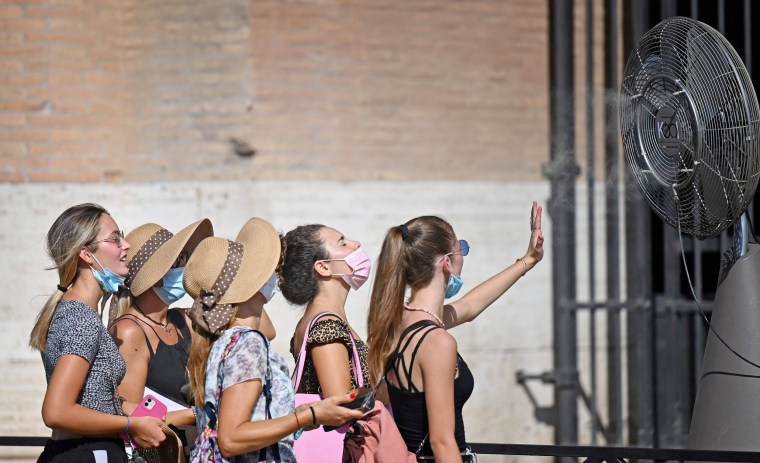UPDATE ON AUG 21, 01:53 PM IST

Extreme weather and oppressive heat have hit from the Pacific Northwest to parts of Europe and North Africa. Climate scientists expect more of it.
In a summer already full of extreme weather, it’s the heat waves roasting hundreds of millions of people across three continents that are confirming a grim climate prophecy for many experts.
Sizzling temperatures in the United States and Canada and persistent heat in parts of Europe and northern Africa are creating dangerous health conditions, aggravating droughts and fueling wildfires around the world. And it’s this troubling confluence of climate threats that researchers have been warning about for two decades.
“Climate scientists were predicting exactly these kinds of things, that there would be an enhanced threat of these types of extreme events brought on by increased warming,” said Jonathan Martin, a professor of atmospheric science at the University of Wisconsin-Madison. “It’s very distressing. These are not encouraging signs for our immediate future.”
While August is typically one of the hottest months in the Northern Hemisphere, this week’s heat waves add to a growing list of recent extremes. The National Oceanic and Atmospheric Administration announced Friday that July was the hottest month since record-keeping began 142 years ago. Catastrophic flooding killed more than 200 people in Europe last month, and wildfires are raging in Siberia, across the Mediterranean and along the western coasts of the U.S. and Canada.
But to many experts, these events offer just a glimpse of what lies ahead in future summers because of climate change.
This week, a United Nations panel released an alarming report on the state of climate change and the consequences of further global warming. The assessment highlighted the threat of extreme weather events, including how global warming will make heat waves both more frequent and more intense.

The U.N.’s Intergovernmental Panel on Climate Change found that severe heat waves that previously occurred once every 50 years will now likely happen once per decade. And in a study published last month in the journal Nature Climate Change, scientists determined that record-shattering heat events are up to seven times more likely to occur between now and 2050, and more than 21 times more likely to occur from 2051 to 2080.
The oppressive heat that blanketed the Pacific Northwest early this summer demonstrated how dangerous heat extremes can be. Hundreds of deaths were linked to the June heat wave, and more than 35 cities across Washington state and Oregon tied or set new temperature records.
“The heat event that we had in the Pacific Northwest in June — it’s not that we’re suddenly going to see that every summer, but the recent extremes are certainly a preview of what we’ll see more frequently in the future,” said Karin Bumbaco, a research scientist at the University of Washington and Washington’s assistant state climatologist.